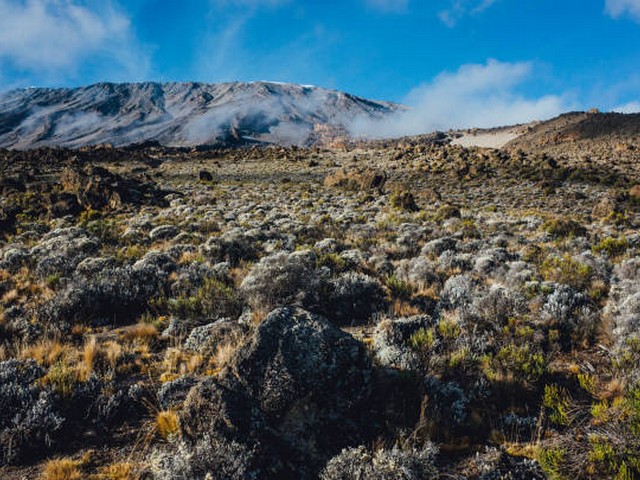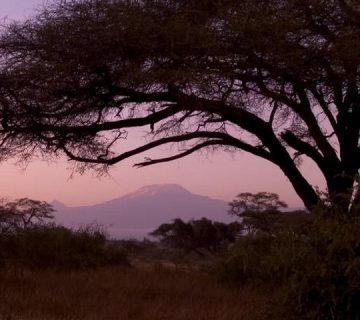Solo Travel Safety Tips For Kilimanjaro Climbs
Embarking on a solo journey to conquer Mount Kilimanjaro, the highest peak in Africa, is a dream for many adventurers. However, the thrill of climbing Kili solo comes with unique challenges and responsibilities, especially when it comes to safety. At Kilimanjaro Centre For Trekking and Ecotourism (KCTE), we understand that the key to a successful and memorable solo climb is preparation and awareness. In this blog post, we will guide you through essential solo travel safety tips to ensure your adventure is nothing short of spectacular.
Understanding the Allure of Kilimanjaro
Mount Kilimanjaro is not just a mountain; it’s a beacon for solo travelers seeking solitude and self-discovery amidst its majestic heights. As you set out to face the grandeur of Kili, you engage in a personal dialogue with nature. However, the path to its summit demands respect, preparation, and a profound understanding of the mountain’s environment.
Pre-Trip Preparations
Know Before You Go
Research extensively about Mount Kilimanjaro. Understand the routes, the climatic conditions, and altitude sickness. Knowledge is power, and the more informed you are, the better prepared you’ll be.
Get Fit
Kilimanjaro is not a technical climb, but it is physically demanding. Develop a training regimen months before your trip that includes cardio, strength training, and hikes that simulate high altitude conditions.
Pack Smart
Your gear can make or break your climb. Invest in good quality, lightweight, and durable equipment. Essential items include a sturdy backpack, a warm sleeping bag, layers of clothing to manage varying temperatures, and comfortable hiking boots.
Navigating the Climb Solo
Register with a Trusted Tour Operator
While the idea of going solo is enticing, the safety and logistic benefits of climbing with a reputable operator like KCTE cannot be overstated. We provide experienced guides, porters, and comprehensive support that significantly enhance your safety on the mountain.
Stay Connected
Invest in a reliable means of communication, such as a satellite phone or a GPS tracker. Regular check-ins with your tour operator or a contact back home are crucial.
Health and Safety on the Mountain
Stay hydrated, eat well, and monitor yourself for signs of altitude sickness. Early detection and treatment are key to managing health risks associated with high-altitude climbing.
The Role of Guides and Porters
Even as a solo traveler, you’re never truly alone when you climb with KCTE. Our guides and porters are indispensable allies who ensure your journey is safe, enjoyable, and enlightening. They are trained to handle emergencies and are invaluable sources of local knowledge and support.
Solo but Not Alone: Joining Group Tours
Consider joining a group tour for parts of your climb. These groups provide companionship and an added layer of safety without compromising your solo experience. It’s a wonderful way to meet like-minded adventurers and share the joy and challenges of the climb.
Respect the Mountain
Leave No Trace
Preserve the pristine beauty of Kilimanjaro by following eco-friendly practices. Dispose of waste properly, stay on designated paths, and respect wildlife.
Cultural Sensitivity
Be aware of local customs and traditions. Engage respectfully with the communities you encounter during your climb.
After the Climb
Reflect and Share
Take time to reflect on your journey and share your experiences with others. Your stories can inspire future solo climbers and provide valuable insights.
Plan Your Next Adventure
Kilimanjaro might just be the beginning! At KCTE, we offer a range of climbs and tours that cater to solo travelers eager to explore more wonders of Tanzania and beyond.
Call to Action
Ready to embark on your solo Kilimanjaro adventure with the highest standards of safety and support? Join us at Kilimanjaro Centre For Trekking and Ecotourism (KCTE). We’re dedicated to making your solo trek a profound and secure journey that you’ll treasure forever.
FAQs
Is it safe to climb Kilimanjaro solo?
While individual experiences vary, climbing Kilimanjaro solo can be safe if you prepare adequately and climb with the support of a reputable tour operator like KCTE.
Can I join a group as a solo traveler?
Absolutely! KCTE offers options for solo travelers to join groups. This can enhance your safety and allows you to meet fellow adventurers.
What is the best time of year to climb Kilimanjaro?
The best times to climb Kilimanjaro are during the dry seasons, from June to October and from December to March.
How do I deal with altitude sickness?
Preventative measures include proper acclimatization, staying hydrated, and ascending slowly. Recognizing symptoms early and communicating with your guide are crucial steps in managing altitude sickness.
Embarking on a solo climb of Kilimanjaro is a thrilling and transformative experience. With the right preparations and by following these safety tips, you’ll not only ensure a safer climb but also enrich your overall experience. Remember, every step you take on Kili brings you closer not just to its summit, but to discovering your own peak potential. So, lace up your boots, join us at KCTE, and let’s make your solo Kilimanjaro adventure truly unforgettable!




